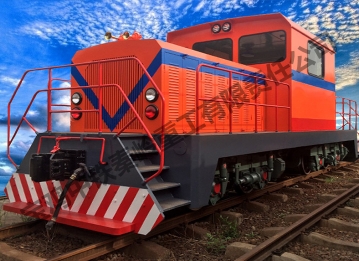The key points in the use of pressure sensor and the correct installation position of the transmitter on the process pipeline are related to the measured medium. In order to obtain the best measurement effect, the following conditions should be considered:
1. Prevent the transmitter from contacting corrosive or overheated medium;
2. Prevent dregs from being deposited in the ducts;
3. When measuring liquid pressure, the pressure outlet should be opened at the side of the flow pipe to avoid sediment.
4. When measuring the gas pressure, the pressure outlet should be opened at the top of the flow pipe, and the transmitter should be installed on the upper part of the flow pipe, so that the accumulated liquid can be easily injected into the flow pipe.
5. The pressure guide pipe should be installed in the place where the temperature fluctuation is small;
6. When measuring steam or other high temperature medium, need to add buffer tube (coil tube) and other condenser, should not make the working temperature of transmitter exceed the limit.
7. When freezing occurs in winter, it is necessary for the outdoor transmitter to take antifreeze measures to avoid the liquid in the pressure inlet expanding due to freezing and leading to the damage of the sensor.
8. When measuring the liquid pressure, the transmitter should be installed in a position to avoid the impact of the liquid (water hammer phenomenon), so as to avoid damage of the sensor due to overpressure.
9. When wiring, pass the cable through the waterproof joint (attachment) or around the pipe and tighten the sealing nut to prevent rain water and other leakage into the transmitter housing through the cable.
The function of the pressure transmitter is to change the controlled variable measured by the measuring element into the type of signal required by the controller.
Difference between pressure transmitter and differential pressure transmitter: the pressure unit for gas or liquid is PASCAL (pa or bar). Pressure transducers are also used to refer to the pressure of a gas or a liquid, but there are also pressure transducers called weighing sensors, which are in newtons or kilograms, or tons. The differential pressure transmitter measures the pressure difference between two gases or liquids as a relative quantity; The pressure transmitter measures the pressure of a single gas or liquid. It is an absolute quantity. From the perspective of use, the differential pressure has two input pipe orifices for the introduction of two samples to be tested to obtain their differential pressure; The pressure is only one orifice.
Pressure transmitter maintenance: the pressure transmitter requires a monthly inspection, and a weekly inspection, mainly to remove the dust in the instrument, the electrical components carefully checked, the current value of the output to often check, the pressure transmitter is weak, must be separated from the outside strong electricity.
As for the service life of the pressure transmitter, the suppliers now provide guarantees for the service life of high-end and high-performance transmitters, but in fact, it is only a matter of time before these guarantees are extended to low-end products. In the near future, the advanced technologies available today only for high performance transmitters will be widely applied to low end transmitters, where explicit lifetime guarantees will be commonplace.

